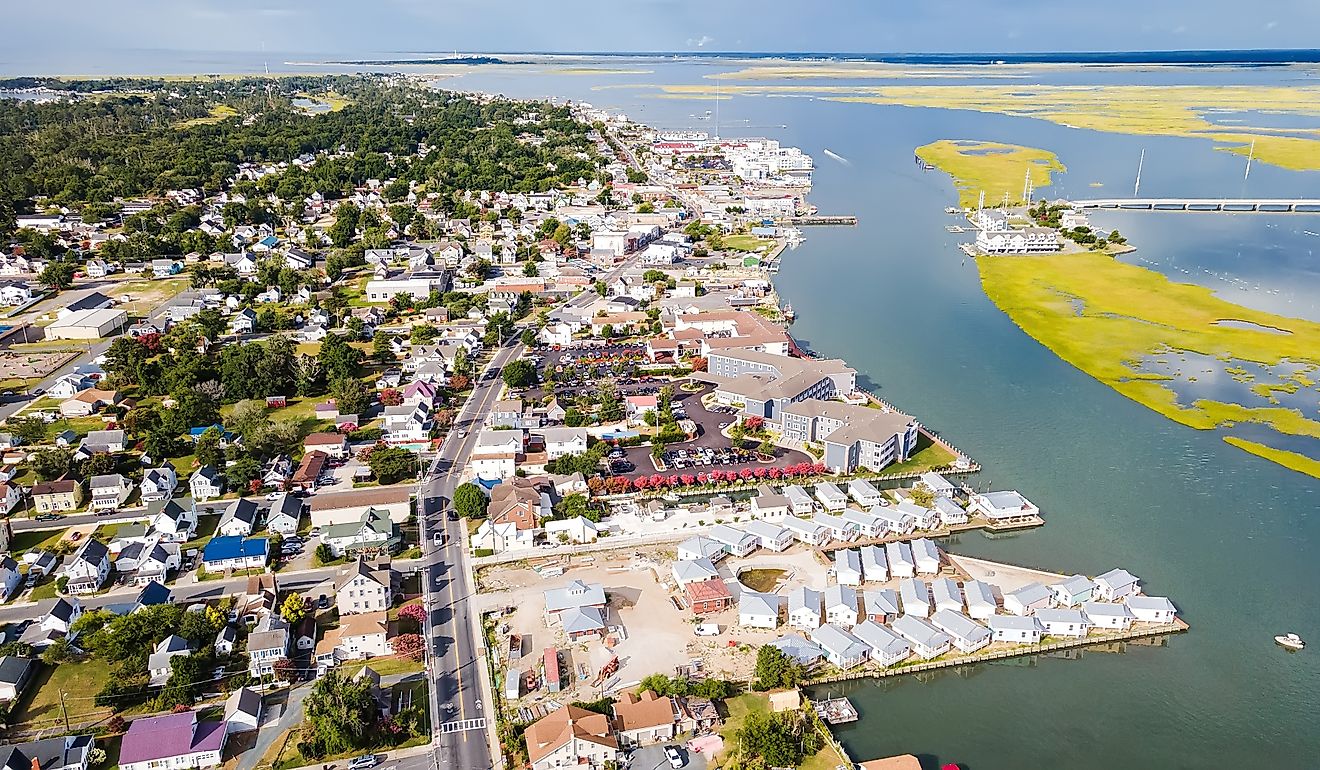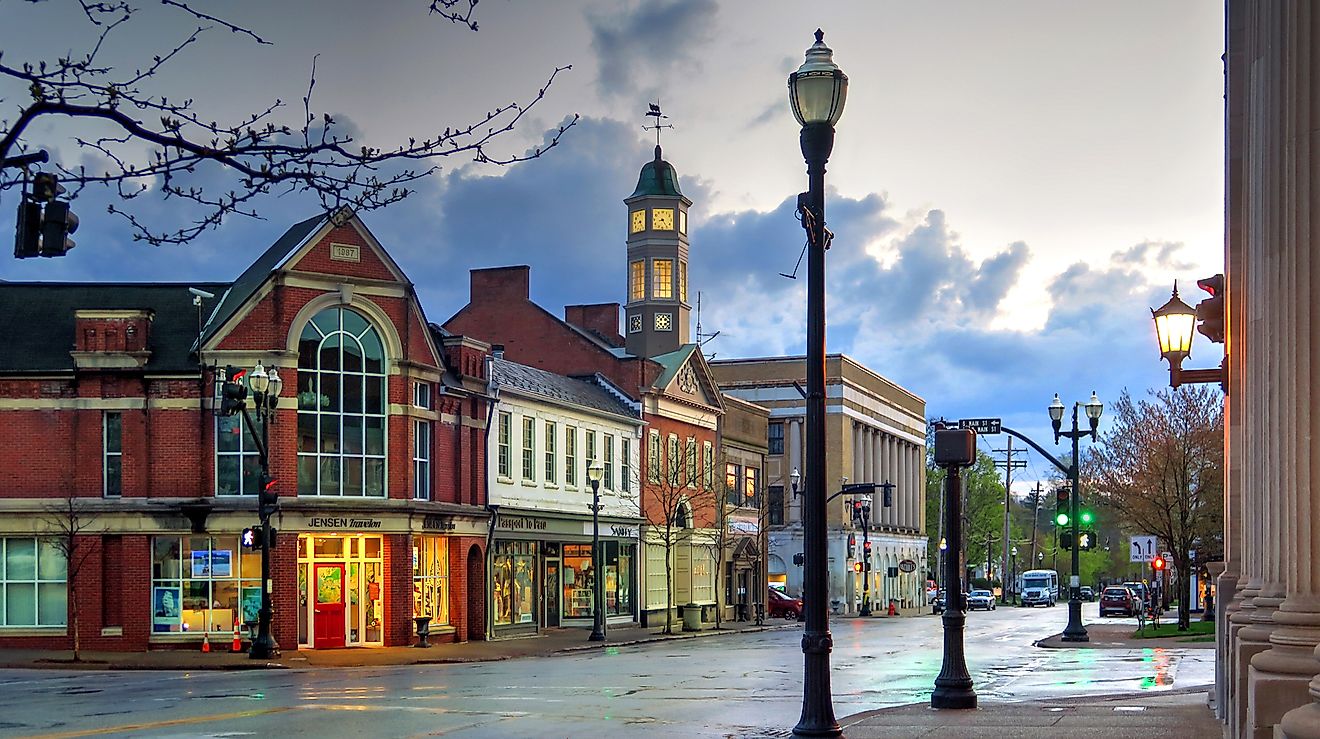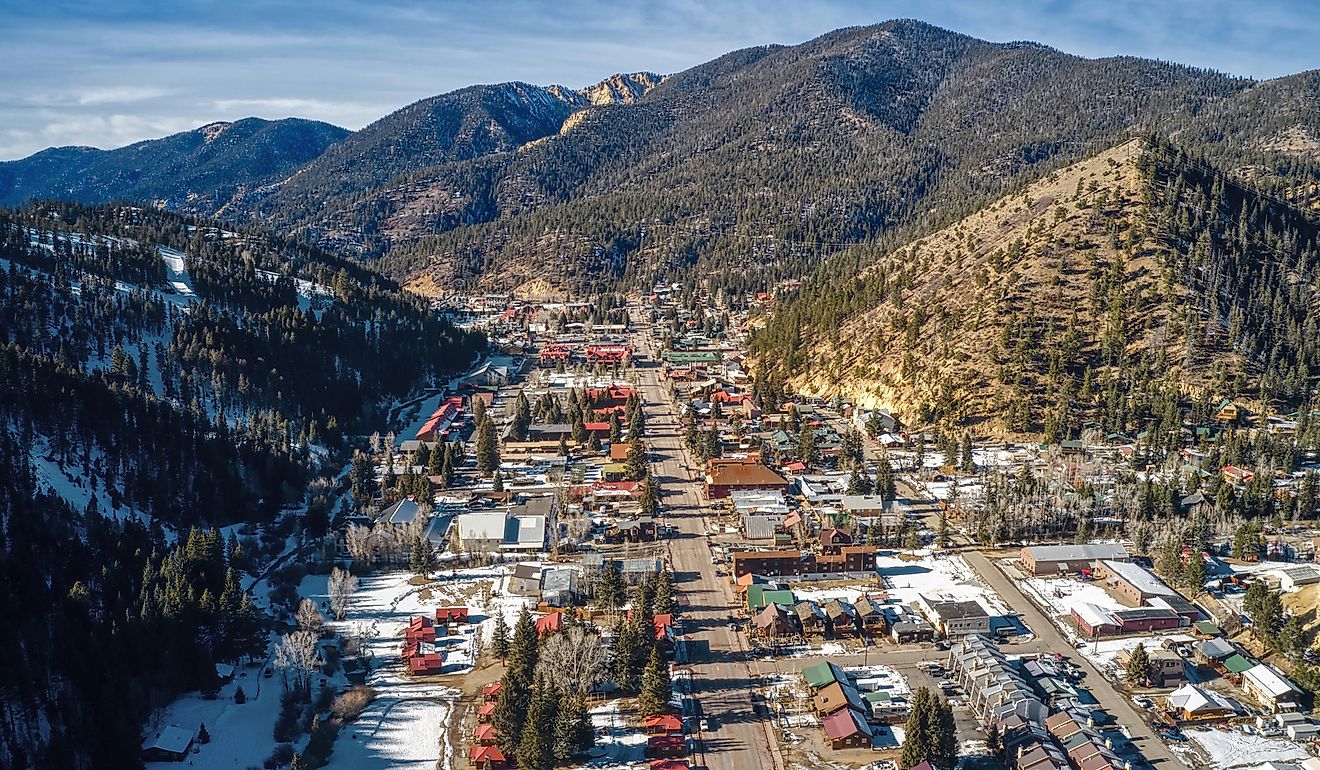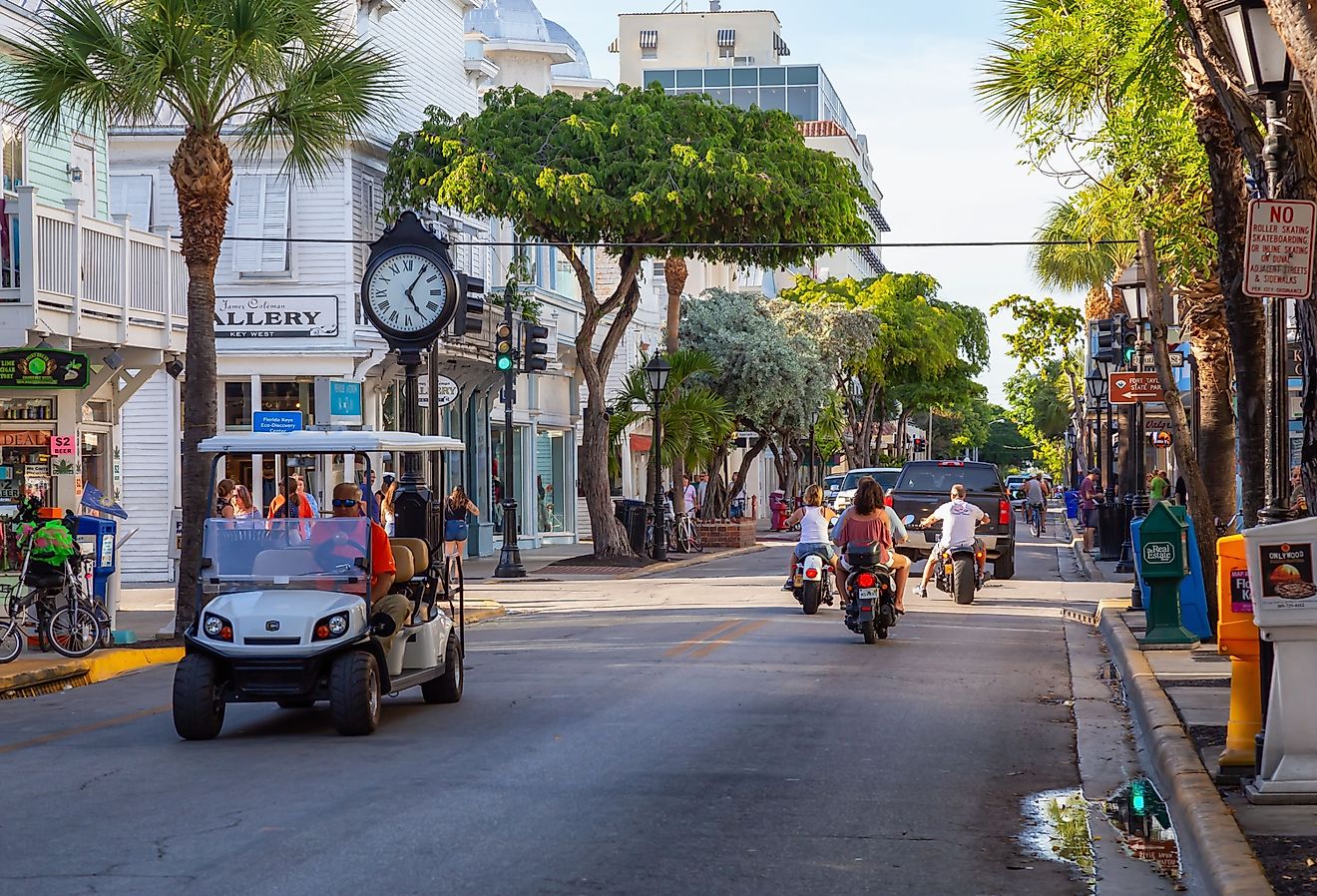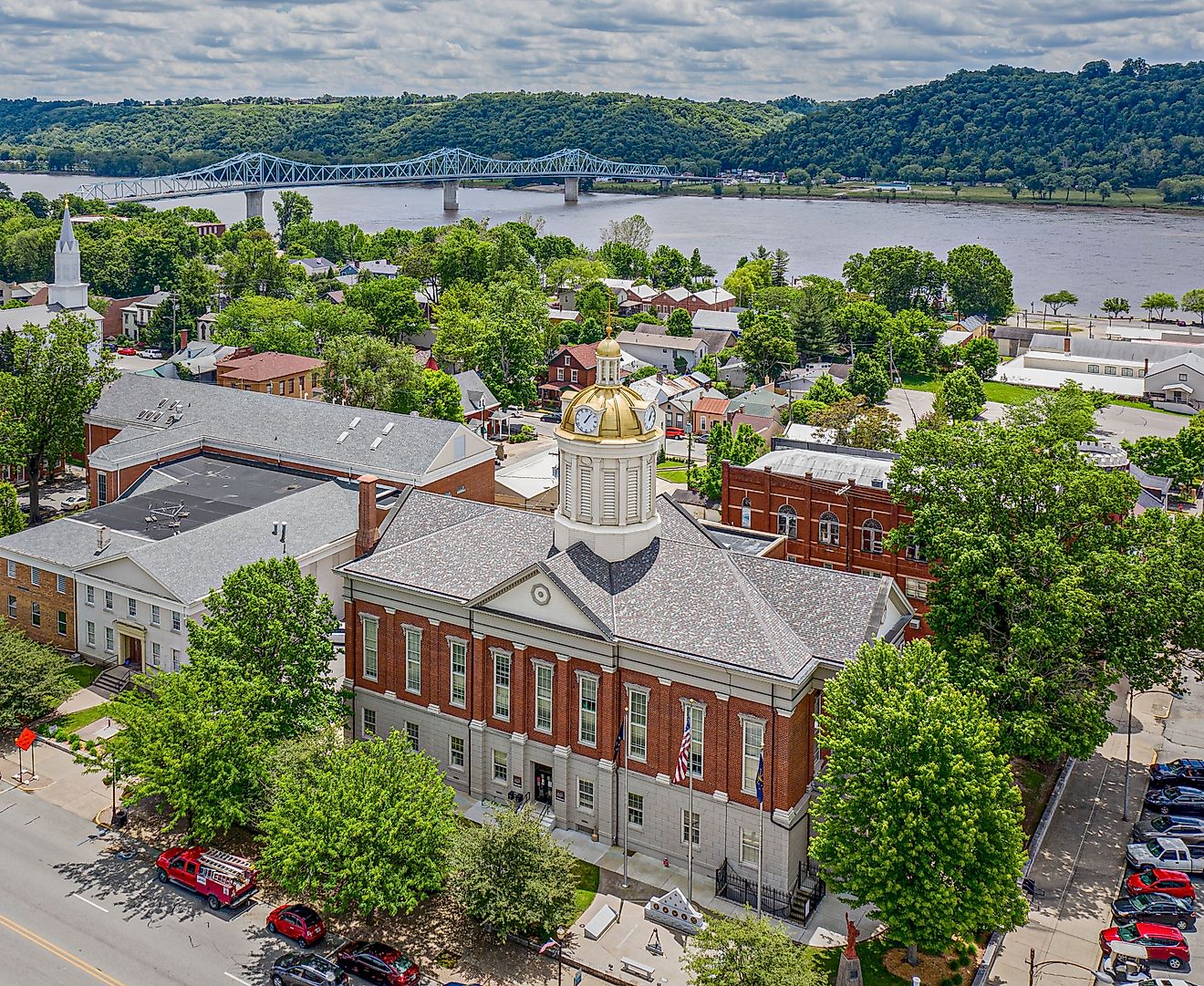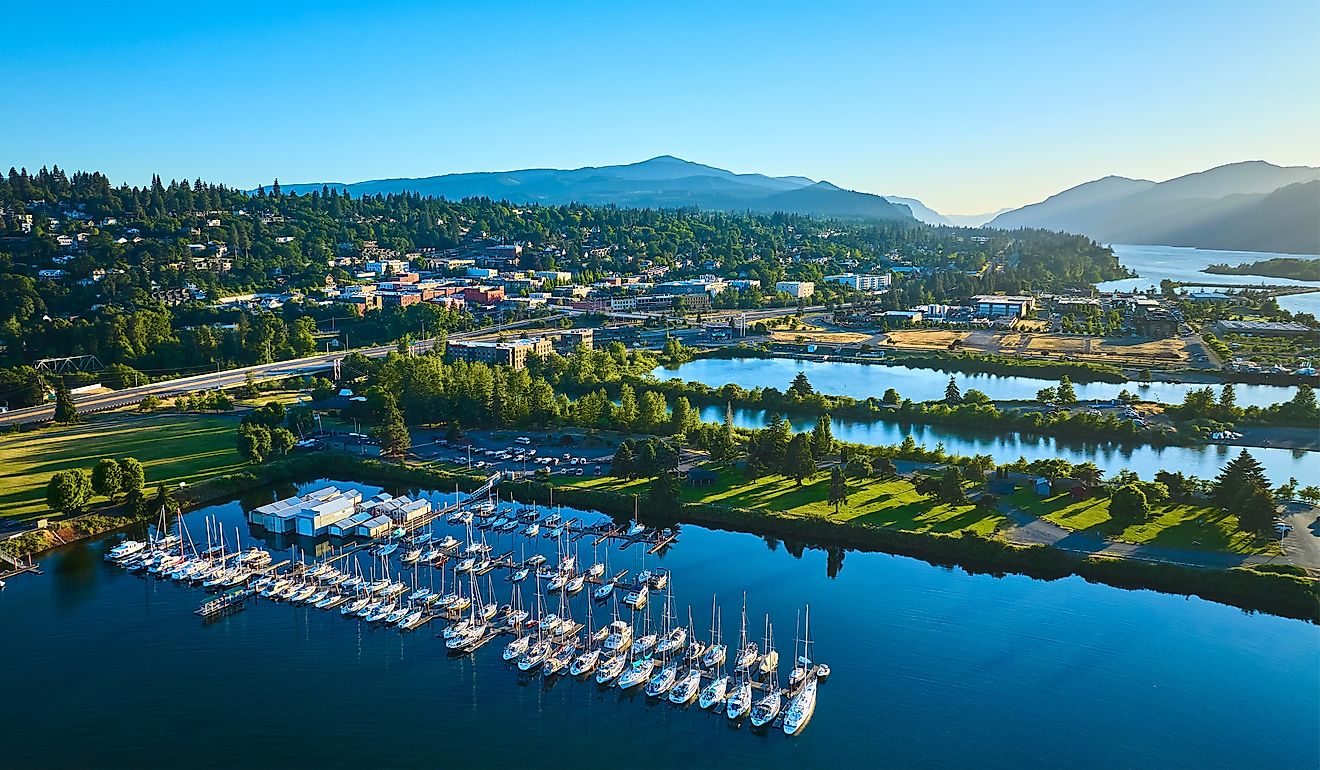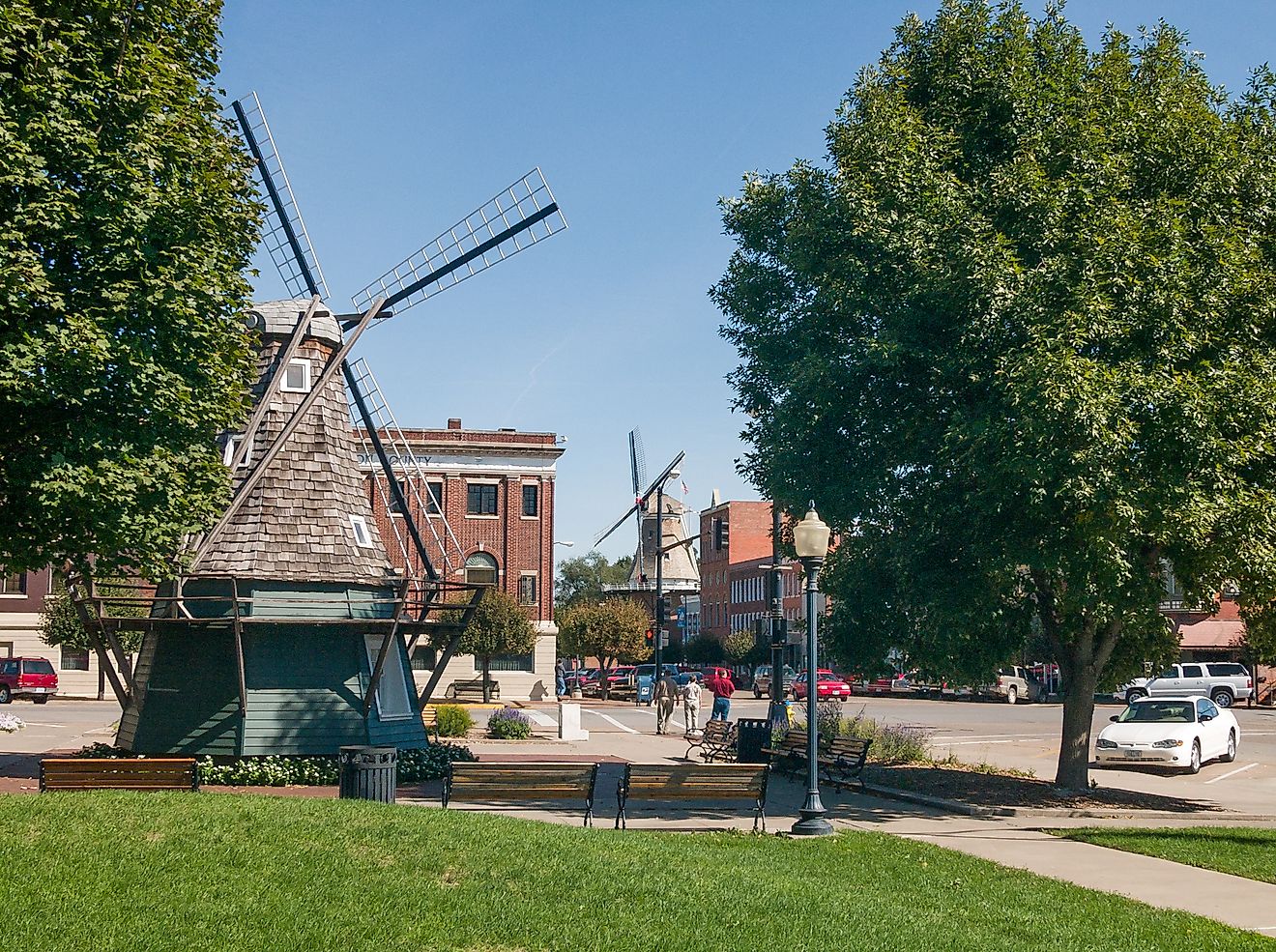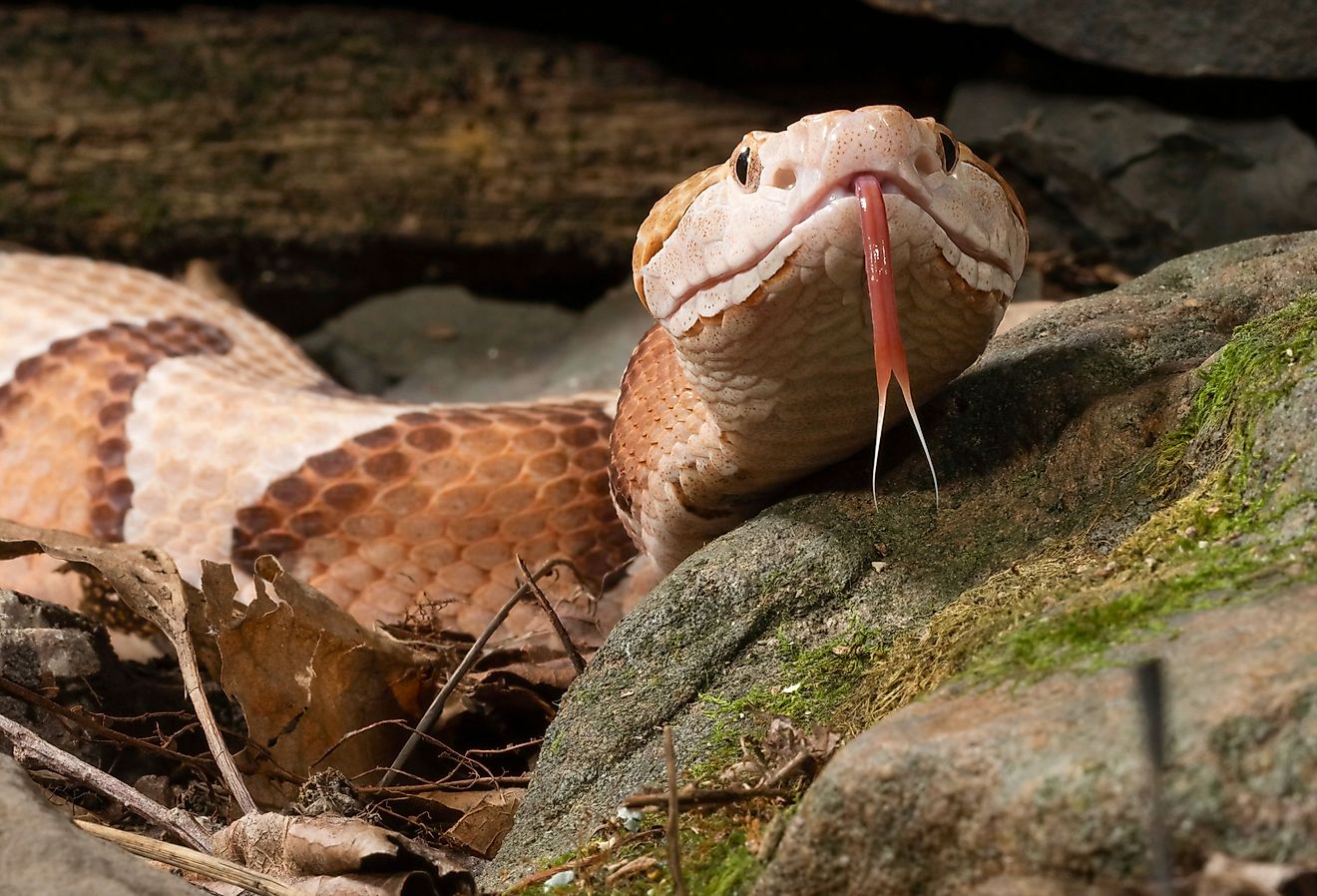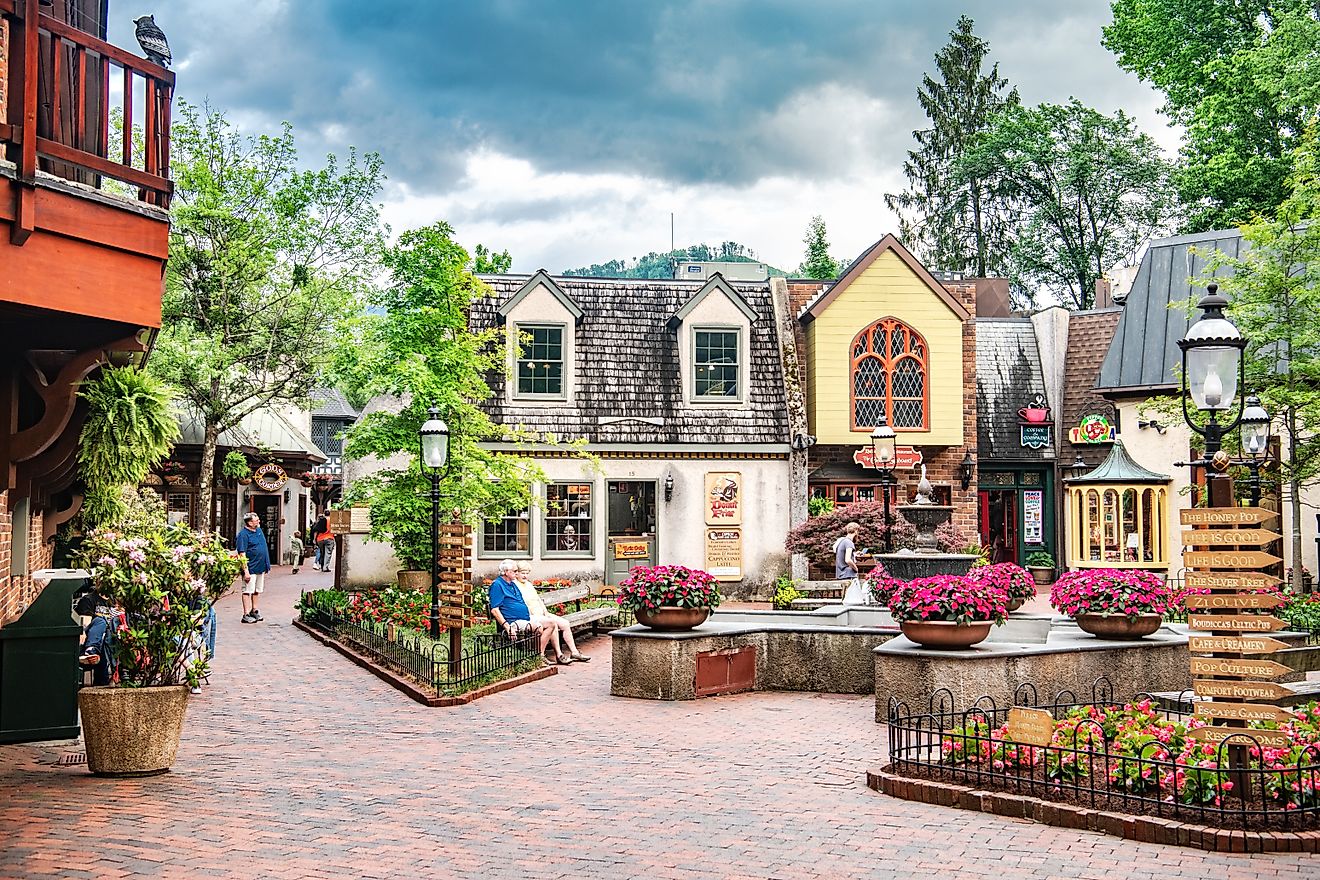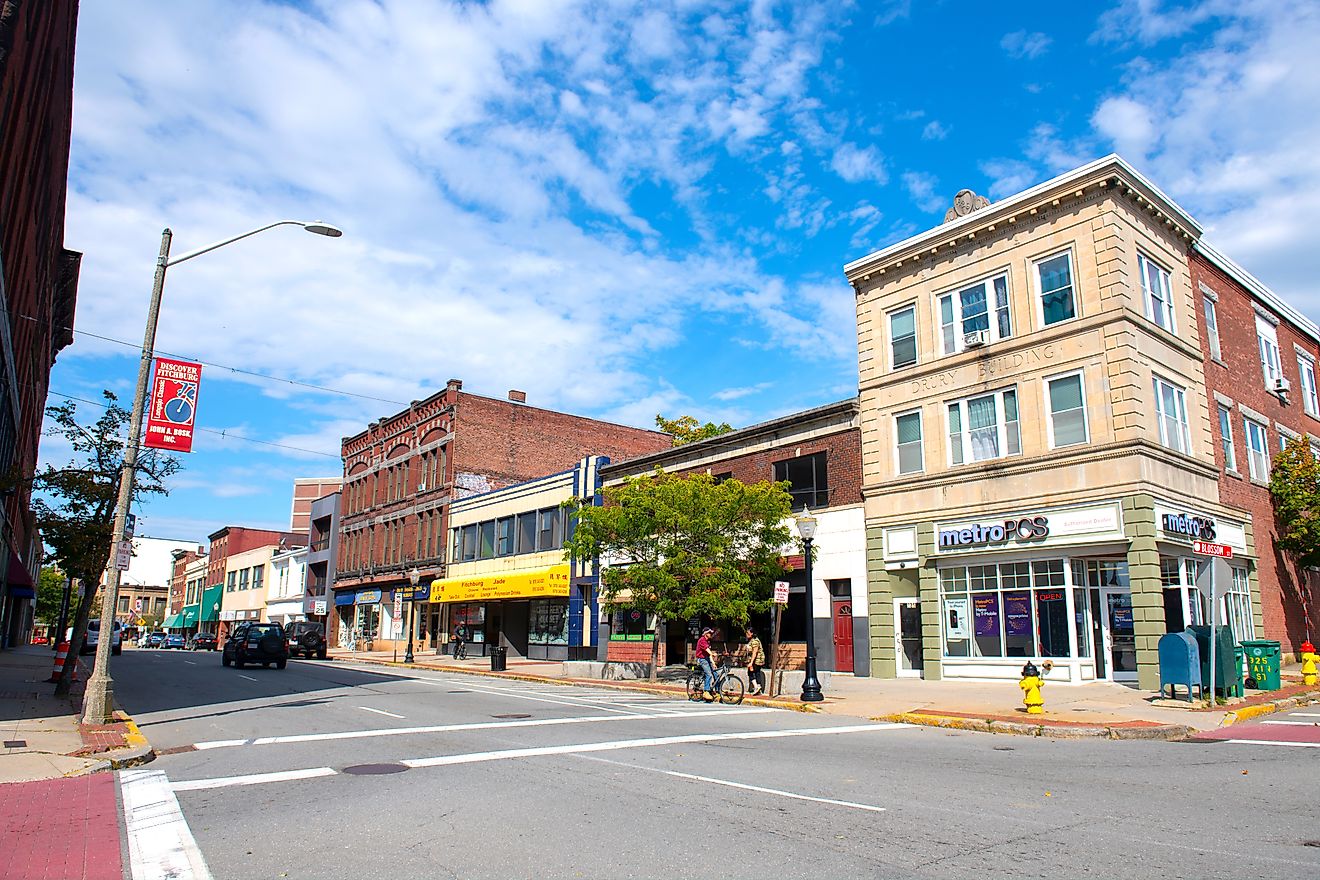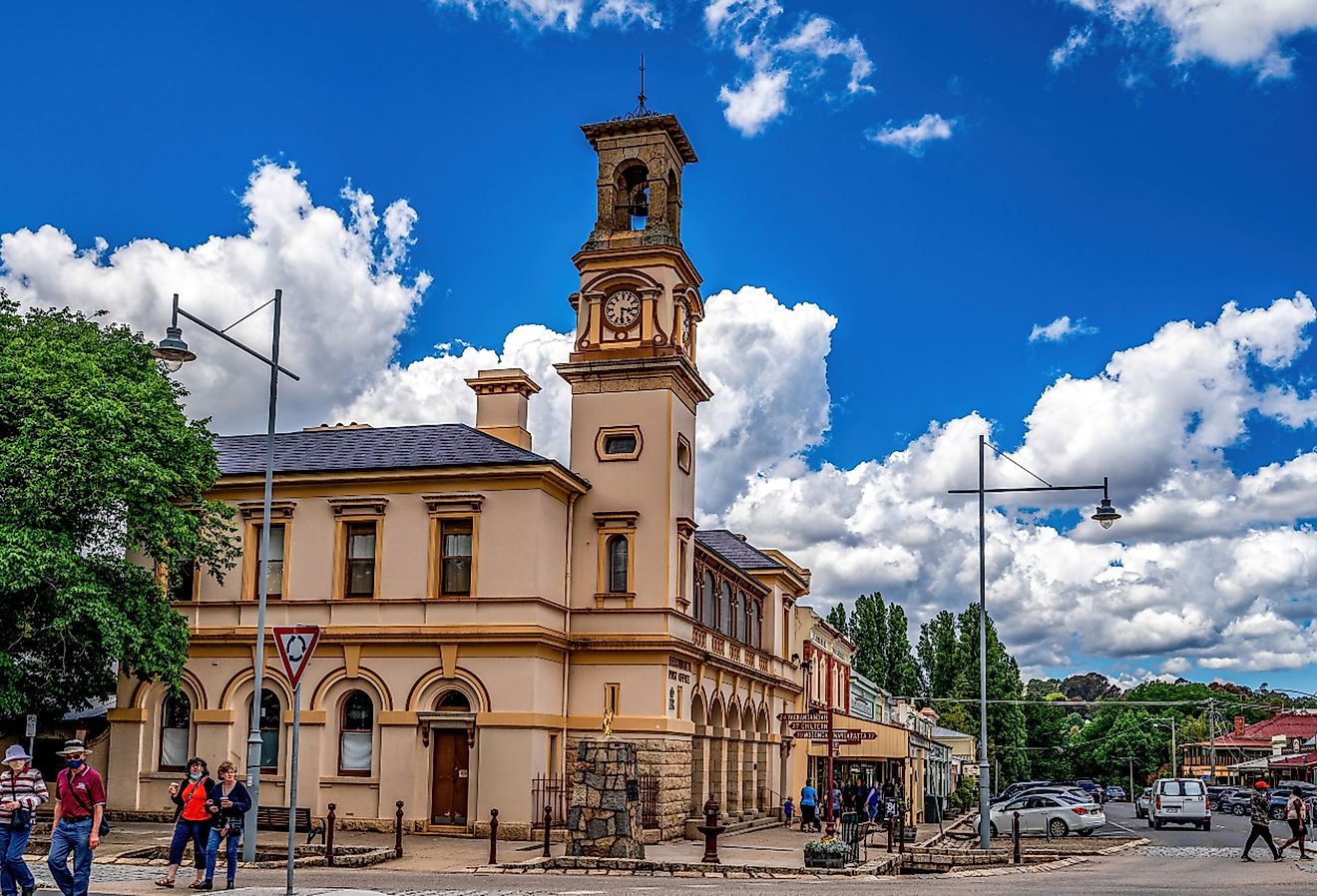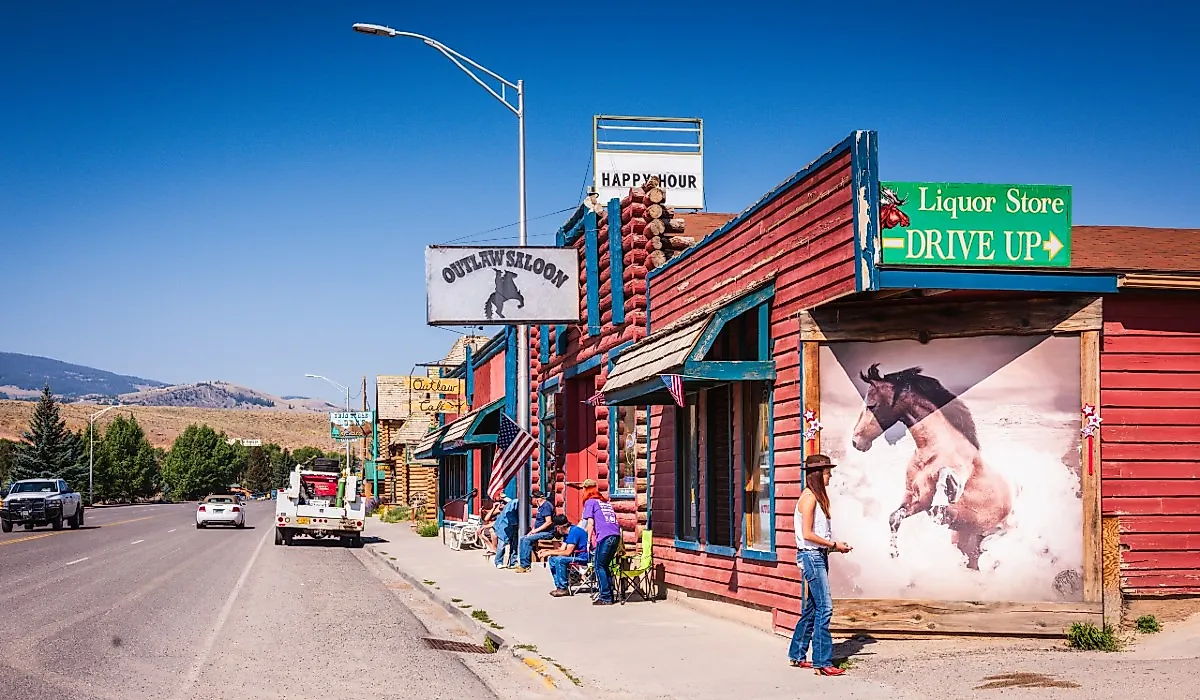
6 Most Overlooked Wyoming Towns For 2025
Within the northern section of the Mountain West, Wyoming is a large state with more pronghorn than people, one of only two in the United States where this remains true. The Cowboy State is no stranger to tourists and adventurers, with its western half home to Yellowstone National Park, the towering Rocky Mountains, and the remote expanse of the Wind River Range. These wonders not only make regular appearances on calendars and social media, but their trailheads also rarely stay empty for long.
But elsewhere in the Equality State, there also lie places you might overlook. Such communities run on grit, self-reliance, and a culture not concerned with branding. Not only do you pass the shadow of Devils Tower or trace the route where Apatosaurus once rampaged, but you also cross towns where rodeos set up behind gas stations and horses outnumber traffic lights. Together, these are reasons enough to visit these overlooked Wyoming towns before 2025 runs out.
Centennial
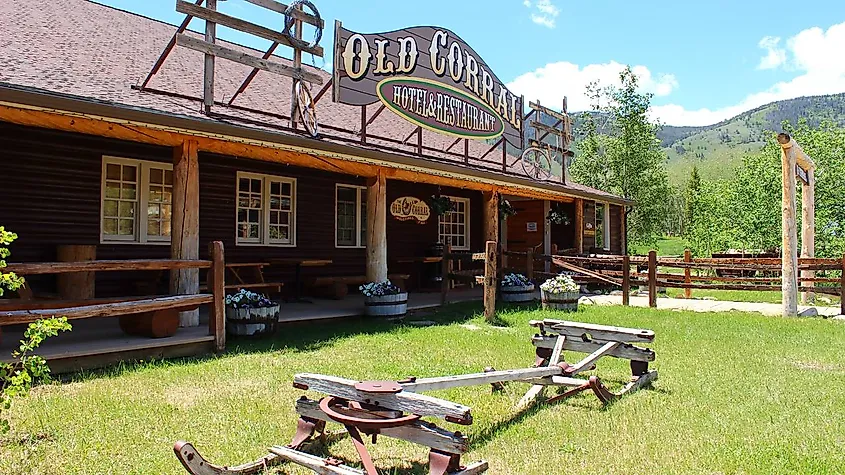
A small mountain town near the edge of the Medicine Bow Mountains, Centennial's railroad history, despite harsh winters, helped put it on the map. The old Union Pacific depot, now a museum, features a carefully curated collection of artifacts spanning over a century, dating back to the 1870s locomotive era. Inside are lanterns, tools, black-and-white crew photographs, and a wooden bench that still holds the posture of long waits. While the place marked Centennial’s purpose initially, the railway tracks aren’t the sole source of adrenaline here. Skiers also arrive each season with their eyes on the Snowy Range. The visitor center allows them to ask questions and check maps before heading into the mountains. The skiing around Centennial follows a season that lingers, with snow on the slopes well past the calendar’s turn to spring.
Queen's Silver Mine remains on the hillside outside of town, holding its place in the area’s early economic narrative. Once active for zinc and silver, it now shows the visible remains of drilling and extraction, with rock faces still bearing traces of historical practices. To the east, Deerwood Ranch Wild Horse EcoSanctuary forms a quiet border of private land, its occasional uninterrupted tours managed by the owners. Besides about 350 horses, elk move in herds across the brush, and foxes keep low in the early morning light.
Dubois
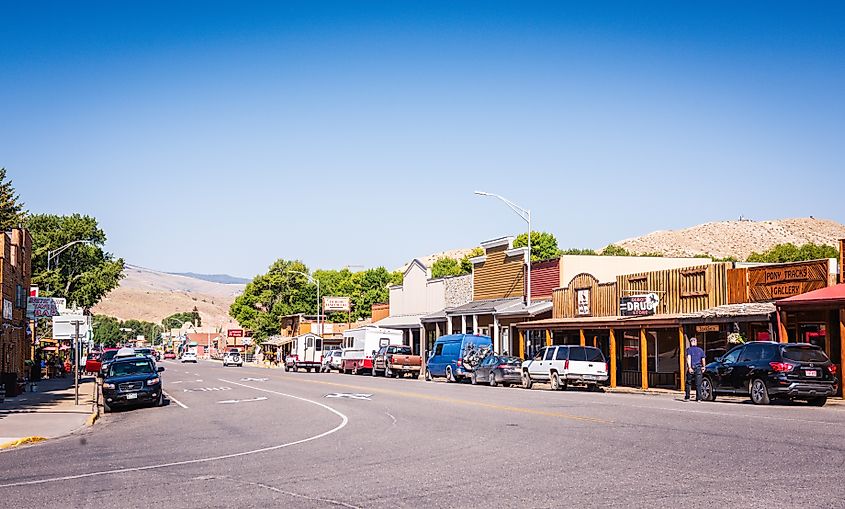
Dubois stands in Wyoming's desert badlands, where red cliffs and open ridges range before the horizon, while bike trails squeeze between rock shelves for gorgeous views. Along its wooden-front avenues, the National Bighorn Sheep Center explains the mountain animals that scale nearby slopes, pairing its exhibits with guided ventures into the high country. On summer evenings, the Friday Night Rodeo fills the air with hooves and cheers, keeping a thread of frontier pageantry alive.
To the east, the National Museum of Military Vehicles turns acres of display space into an account of overlooked hardships and the legacies of the United States' defense forces. Inside, tanks, artillery, and uniforms mark chapters from the early 1900s through modern combat. The Headwaters Arts and Conference Center gathers the town’s creative pulse in rotating shows and events. At the edge of town, the Wind River bends through willow stands, where fishermen work the currents and trails guide walkers along routes once traced by trappers and early homesteaders.
Thermopolis
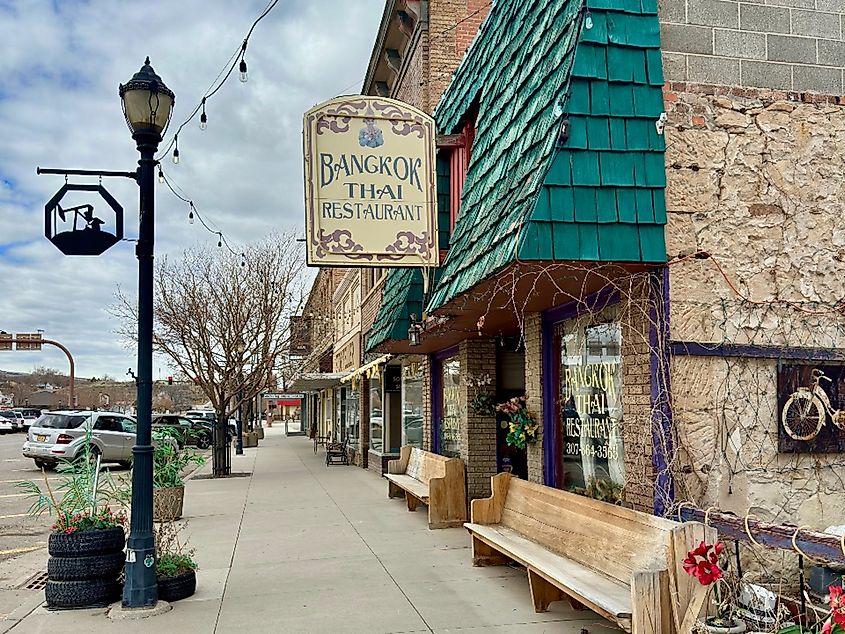
Thermopolis is no misnomer, as it conveys exactly the experience of this Wyoming town: the geothermal water in perpetual motion through Hot Springs State Park. Here, the Rainbow Terraces glisten in mineral hues, the public bathhouse keeps a tradition over a century old, and the suspension bridge carries visitors over the Bighorn River’s flowing surface. The Buffalo Corral on the park’s green fringe and surrounding overlooks create a fairy-tale setting where bison, pronghorn, and deer appear ready to commune in a shared language.
The Wyoming Dinosaur Center amplifies that otherworldly mood with skeletons like the Apatosaurus, whose colossal bones draw the mind seventy million years into a wonderland of prehistoric life. Beyond the fossils, working dig sites are open to guests, showing the process from the earth to display. The Hot Springs County Museum adds a frontier angle, tracing the lives of outlaws, ranchers, and early settlers who once moved through this land. Southward, the Wind River Canyon opens in a series of sheer walls while the river churns in the gorge below, sealing the town’s connection to both nature’s spectacle and its long timeline.
Saratoga
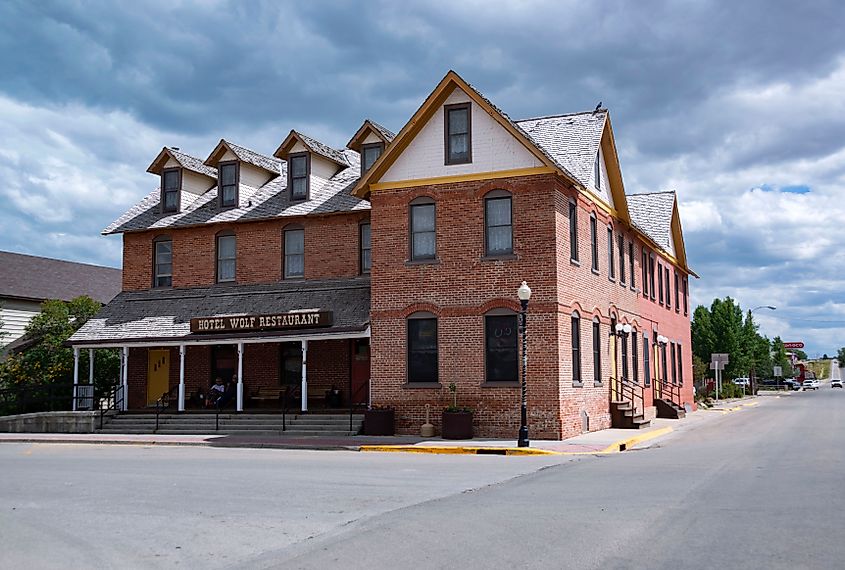
Saratoga spreads between blue-aqua waters and green foliage, with its namesake lake supplementing a thriving ecosystem that extends toward the North Platte River. Steam from the Hobo Hot Springs rises year-round, inviting visitors to soak in mineral pools without charge. The Saratoga Museum, in a converted railroad depot, tells the story of ranching, rail service, and the first homesteads that set the pace of life here.
The Saratoga Hot Springs Resort builds on that theme with a pool, microbrewery, and a western-style lodge fed straight from the earth. In the town center, Veterans Island Park forms a shady hub for gatherings beside the current as the nearby ancient Stone Toilet, a strangely beautiful, outlandish remnant, adds its chapter to local lore. Fly fishers spread out along the “Miracle Mile” upstream, while winter exchanges rods for skis when the Snowy Range trails open under a layer of white. Boardwalks, brick storefronts, and riverside lawns keep movement easy every season.
Hulett
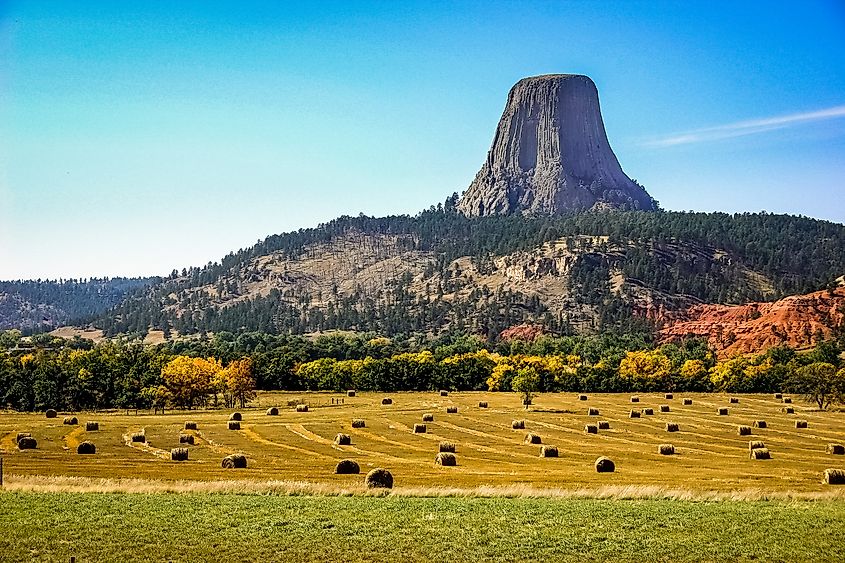
Transforming Hulett into an oasis of greenery, the Belle Fourche runs through the town through a serpentine path, forming two ribbons. Just a short drive south rises Devils Tower, the nation’s first designated national monument, declared such in 1906. Its sheer igneous walls climb over 800 feet from the surrounding grasslands, changing hue with the light from an awe-inspiring amber in the morning to a calming crimson in the fading sun. Trails trace their base, threading through ponderosa pine and past talus slopes where prairie dogs keep watch. Climbers test its vertical cracks while others pause in the quiet meadows to take in the tower’s improbable profile.
The Hulett Museum and Art Gallery preserves regional heritage through homesteader artifacts and rotating local art exhibitions within Hulett proper. The Screaming Eagle Campground offers a stay interwoven with the sights and sounds of the Bear Lodge Mountains, combining lodging with a front-row seat to nature. Between the river’s unbroken flow and the nearby monument’s looming presence, Hulett stands apart against Wyoming’s untamed spirit.
Kemmerer

The entrance sign to Fossil Butte
Kemmerer outshines its smaller southern neighbors, such as Diamondville and Oakley, with a presence that draws the gaze north. The Hams Fork plays its part in that draw, widening along the town’s upper reaches where landmarks cluster, especially for those chasing the deep timelines of Eocene fossil heritage. At the aptly named Fossil Country Frontier Museum, glass cases display fish and leaf impressions extracted from the surrounding limestone, each arranged alongside the pickaxes and field notes that uncovered them. Dioramas step through eras, while local history finds space in weathered saddles, coal mining ledgers, and photographs of the town’s boom years.
More unfiltered remnants of that prehistoric world wait at Fossil Butte National Monument, about twelve miles west along U.S. Highway 30, where high desert buttes break open to allure you. Kemmerer also carries younger chapters, as nearby, the J.C. Penney House & Museum preserves the founder’s original home and the first store he opened, marking a retail empire’s unassuming start. Moreover, north of town, the Hams Fork feeds quiet meadows on its way to Lake Viva Naughton’s campsite before climbing the foothills into the Bridger-Teton National Forest and the far-off crowns of Wyoming’s tallest peaks.
Not far from Wyoming’s mainstream scenic turnouts and popular park entrances, these small towns don’t merely rely on natural spectacle or preserved frontier history. Hulett serves as a quiet foothold in the Bear Lodge Mountains and a shortcut to Devils Tower, while Kemmerer can be your gateway to Fossil Butte National Monument. Thermopolis astonishes with its Apatosaurus fossils at the Dinosaur Center, while Dubois pulses with eclectic stories, ranging from sheep and badlands to military vehicles. And between Centennial’s railroad history and the Medicine Bow ranges, where communities are still alive with cowboy grit, Wyoming’s overlooked towns more than hold their own.
